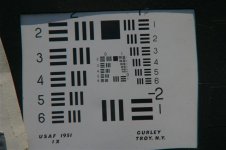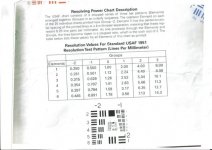bearclawthedonut
Well-known member
Kevin Purcell:
Tried four (4) listed coupon codes for netshops: 15% off, 10% off, $15 off and $10 off.
None worked. Does not appear that they are accepting codes at this time, at least not for what I'm going to purchase (It's already significantly discounted). Oh well, didn't lose anything.
Tried four (4) listed coupon codes for netshops: 15% off, 10% off, $15 off and $10 off.
None worked. Does not appear that they are accepting codes at this time, at least not for what I'm going to purchase (It's already significantly discounted). Oh well, didn't lose anything.





